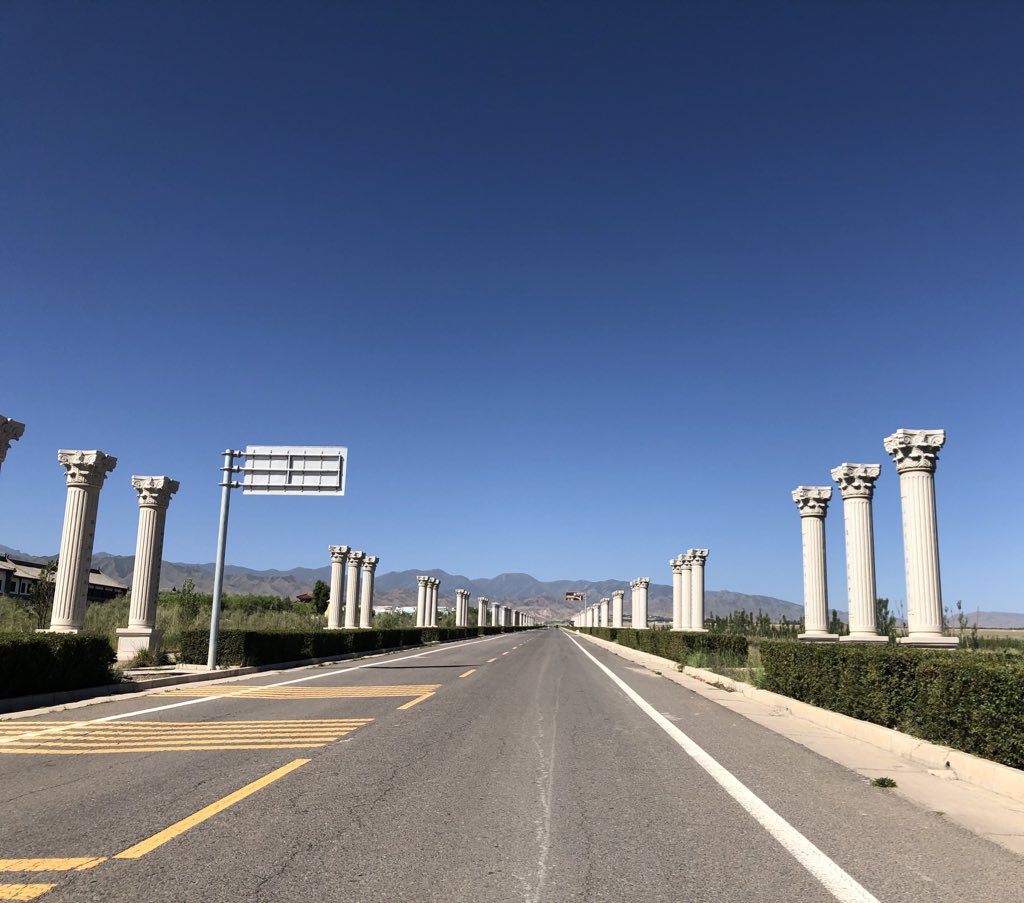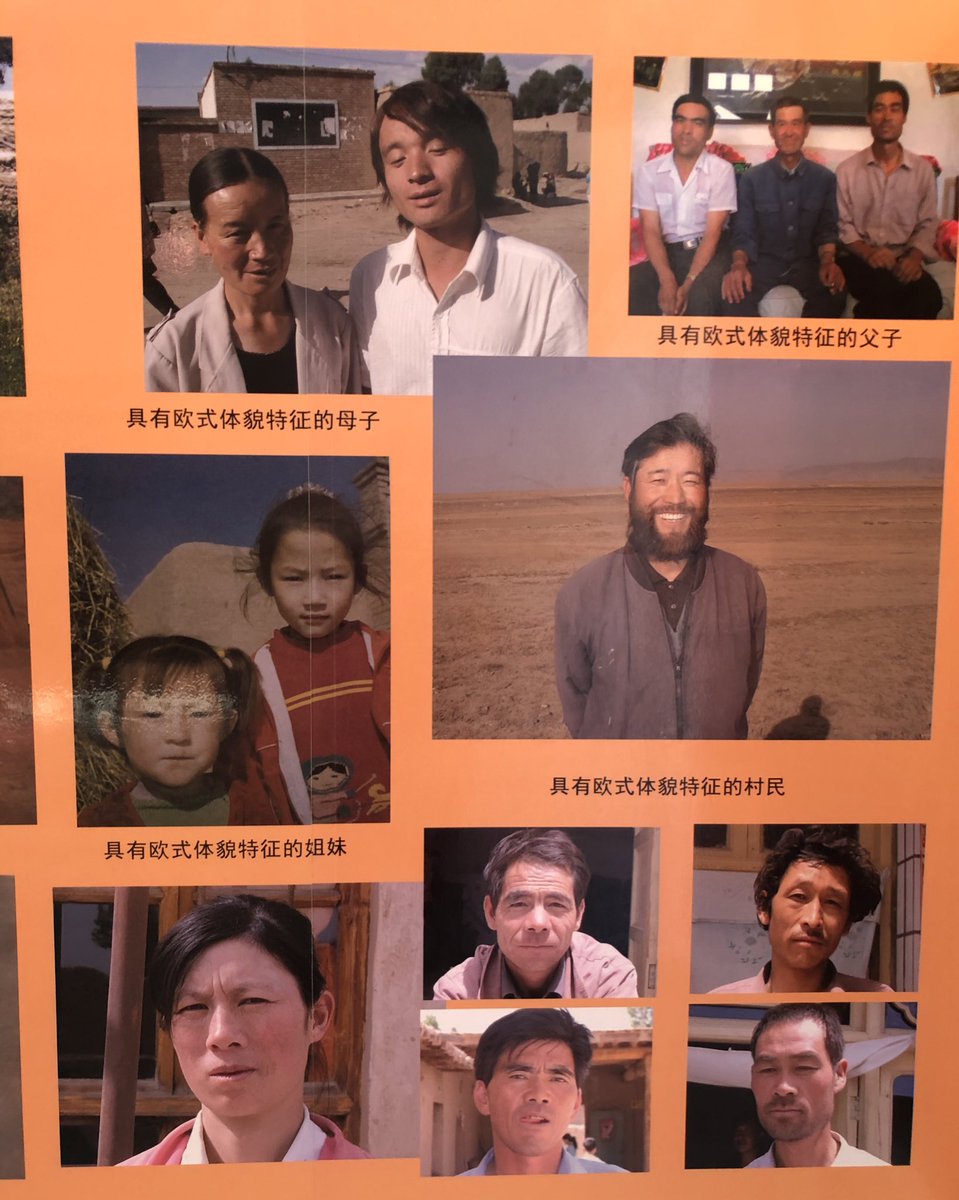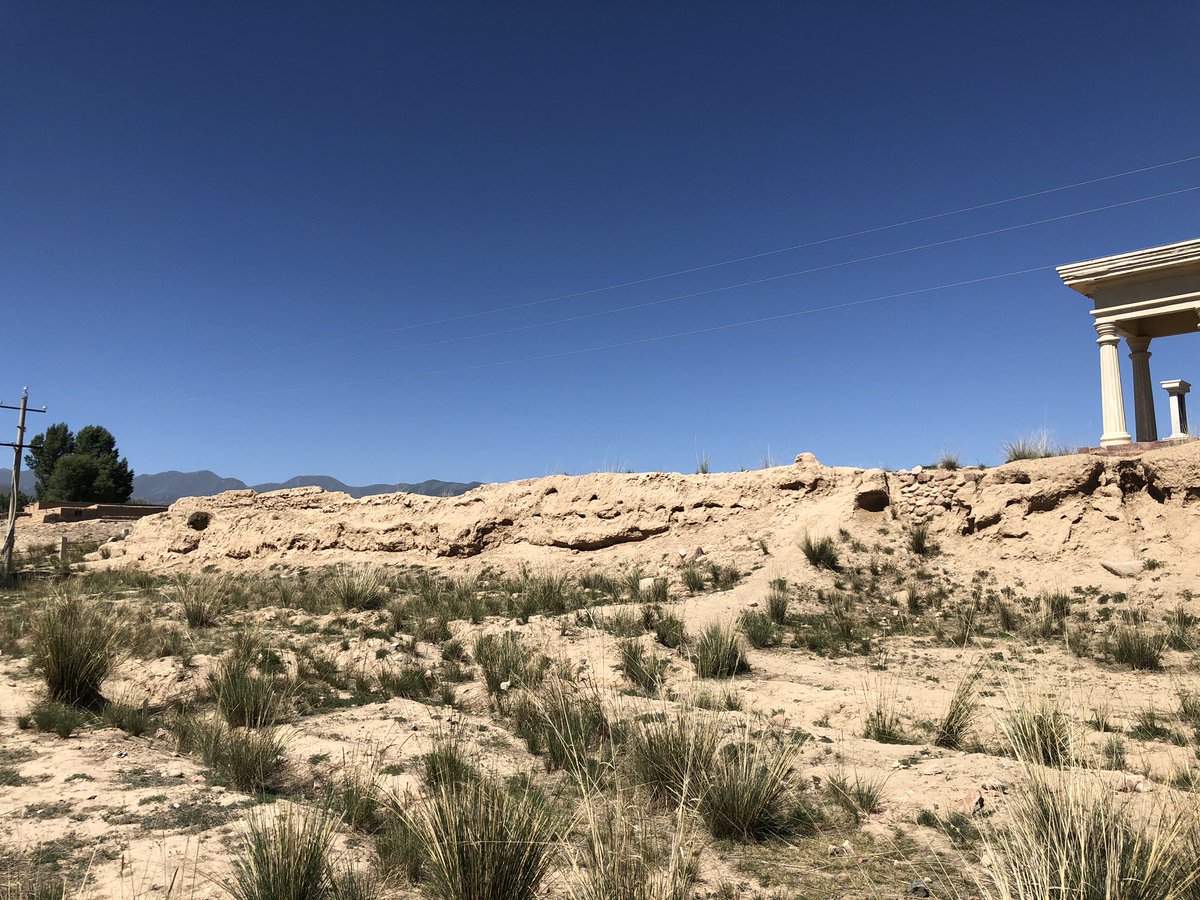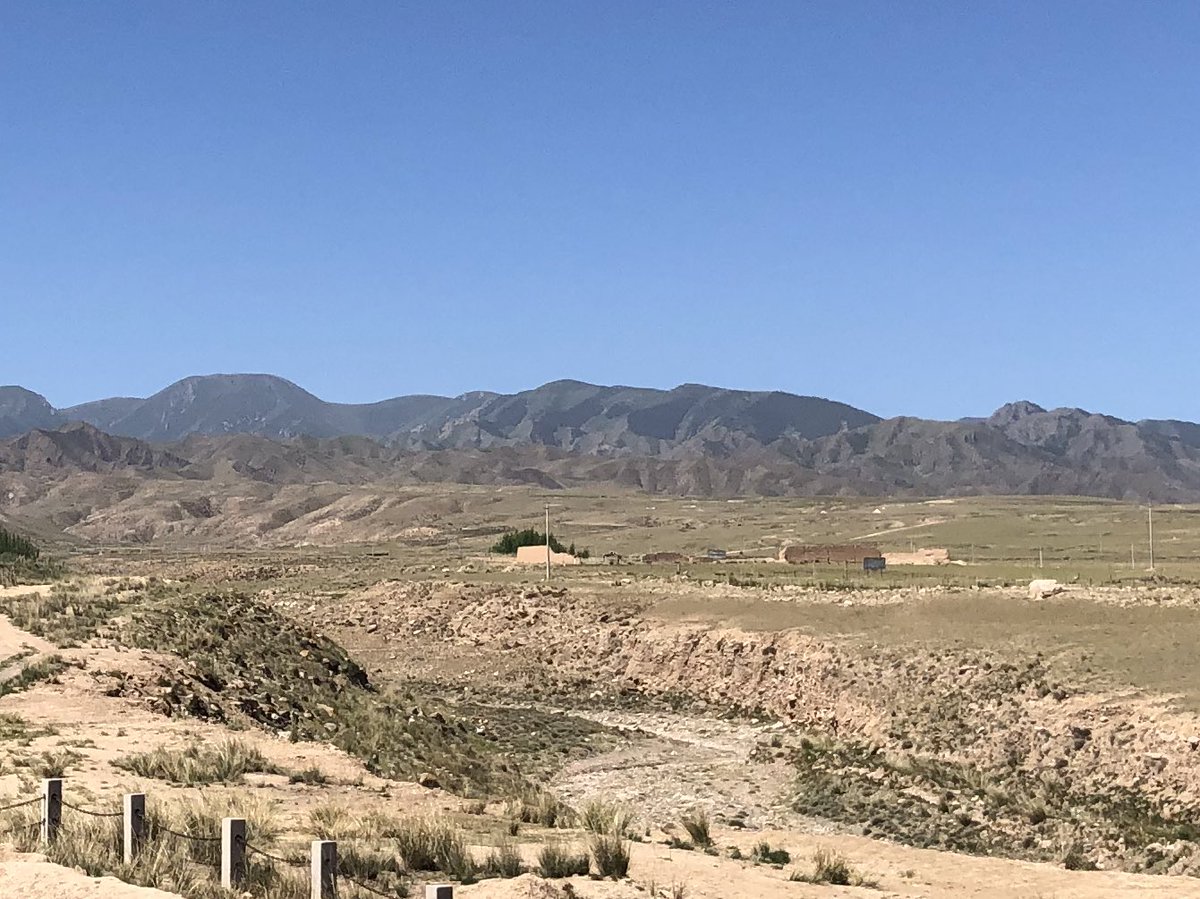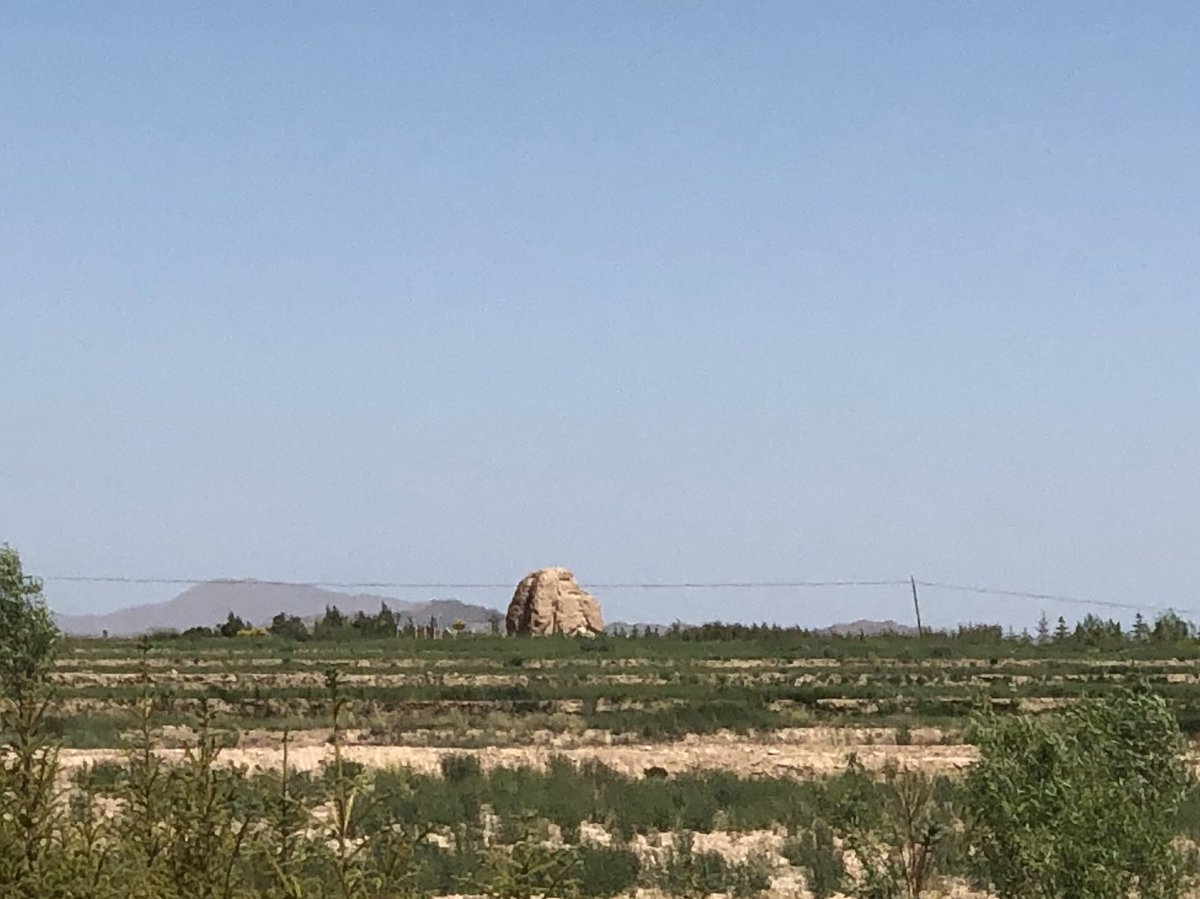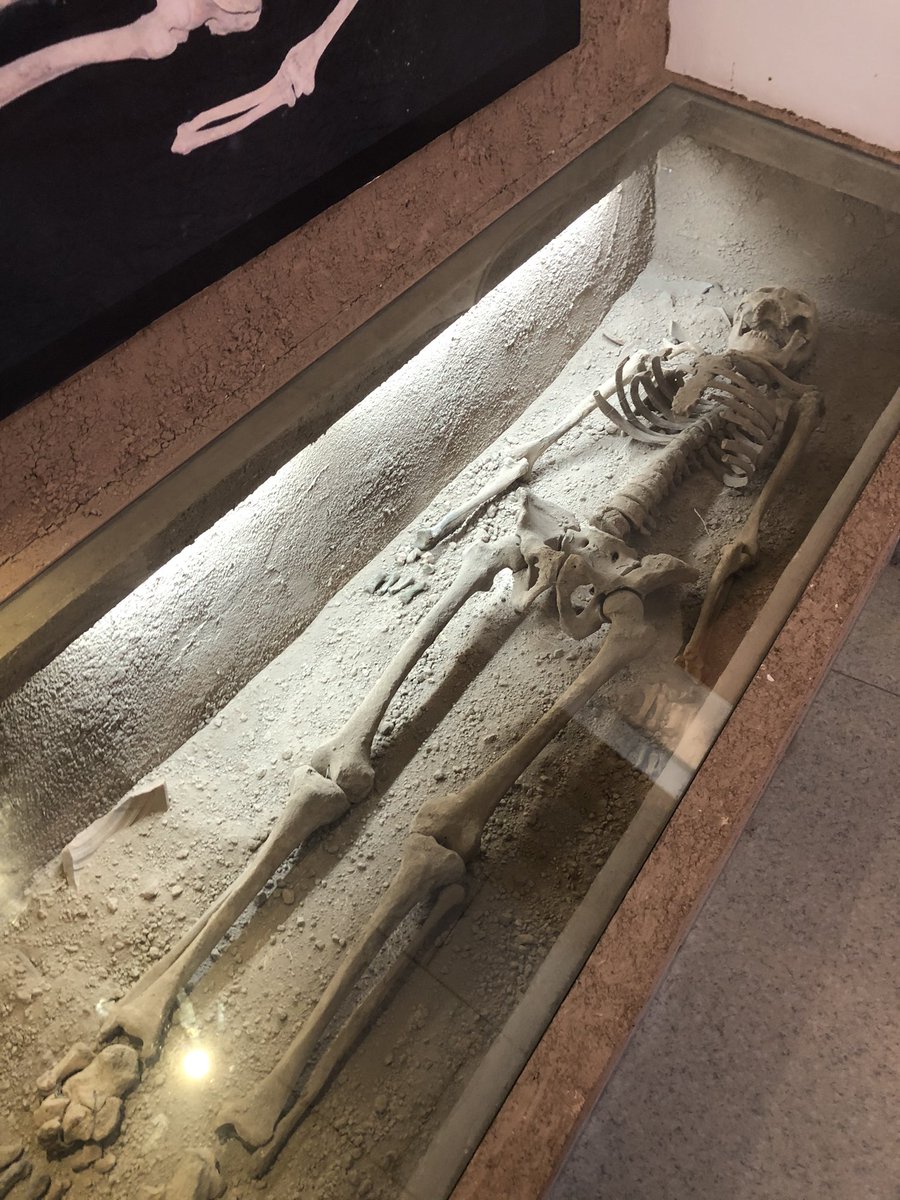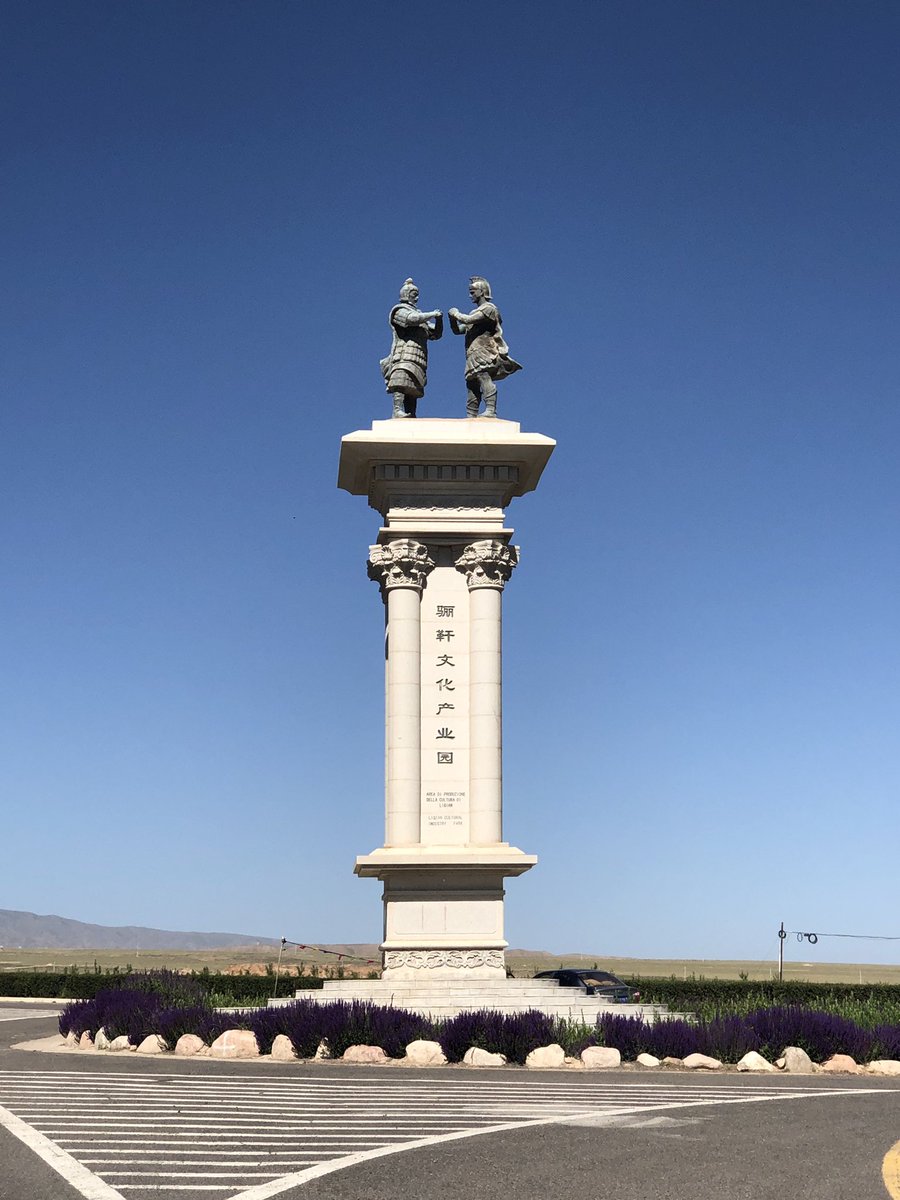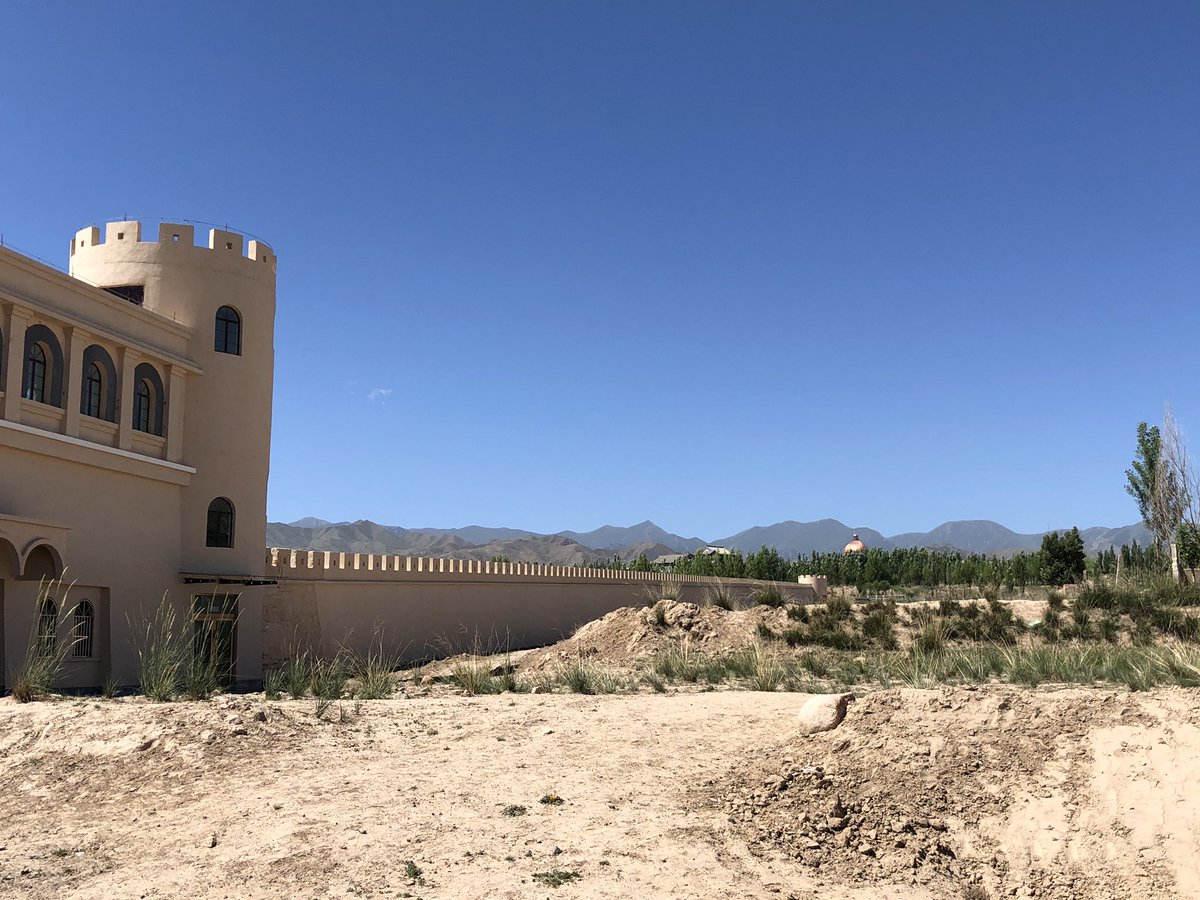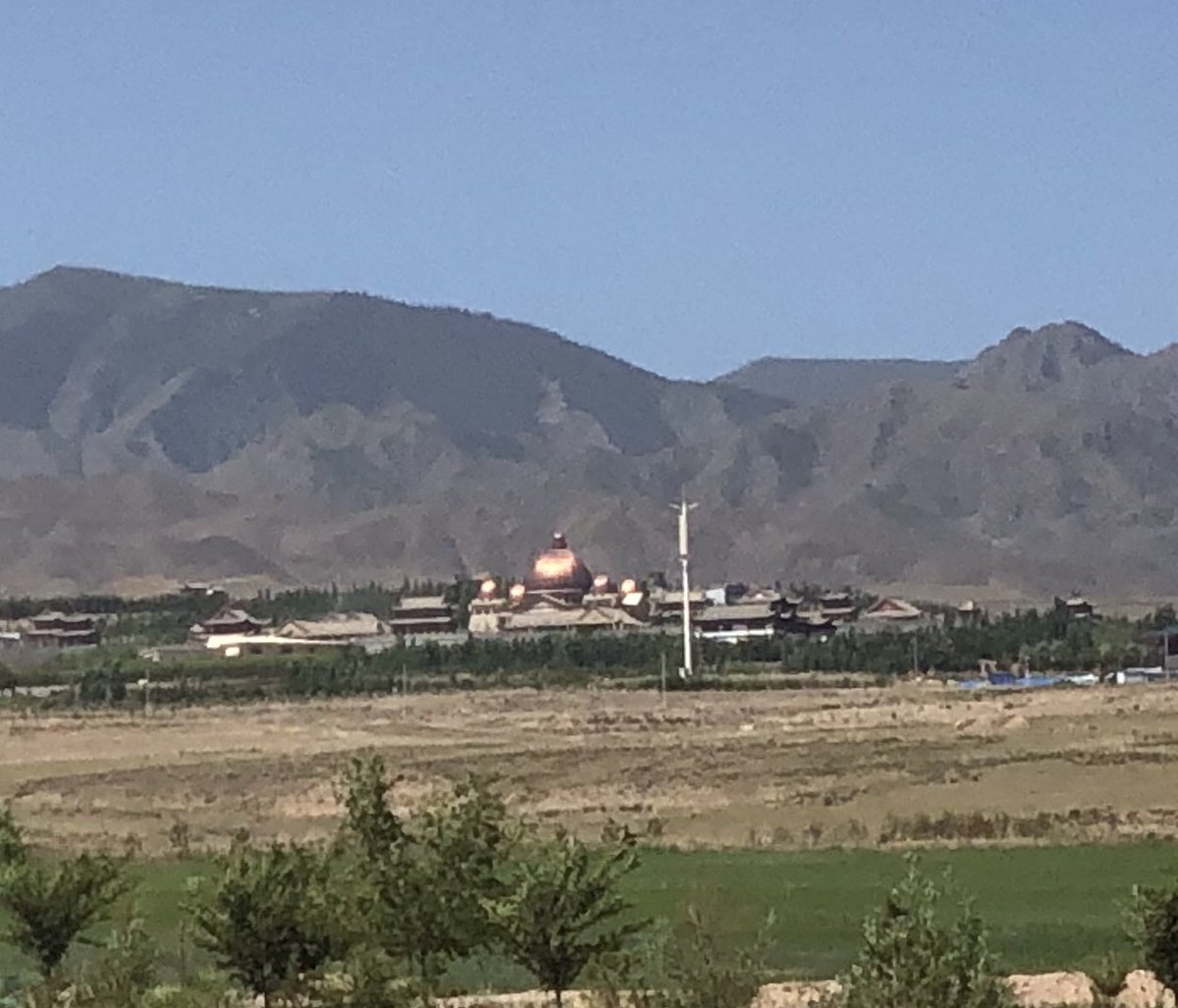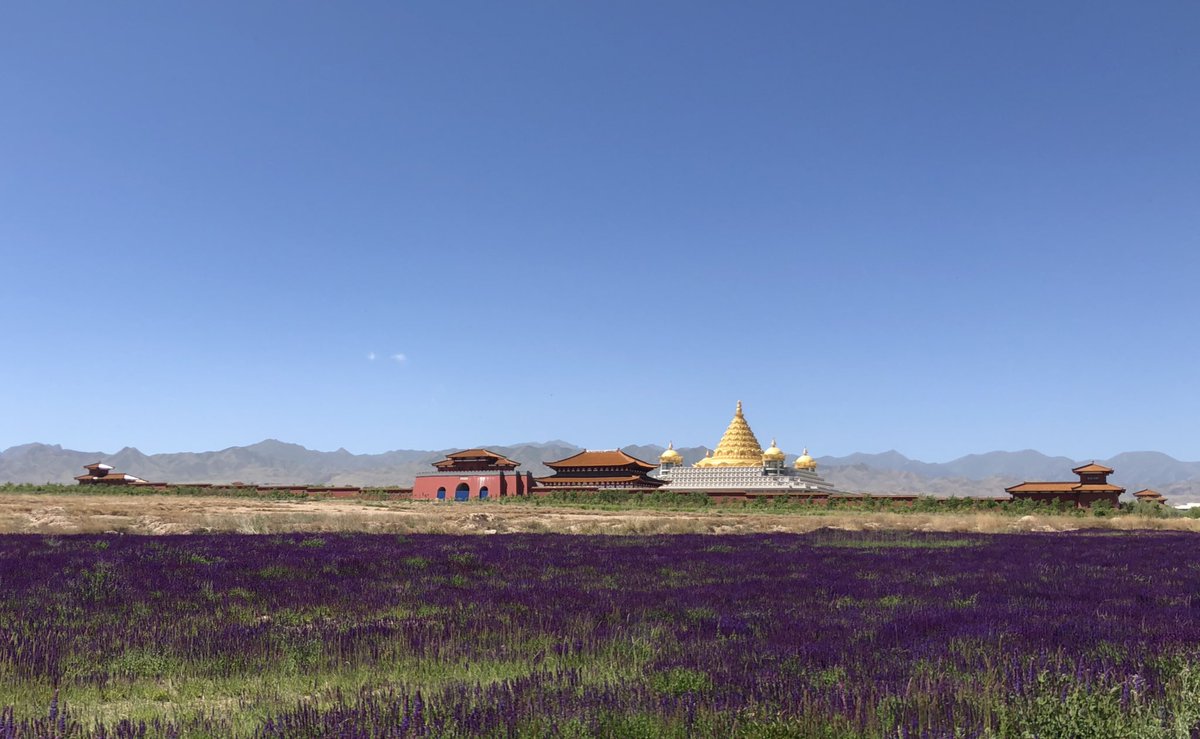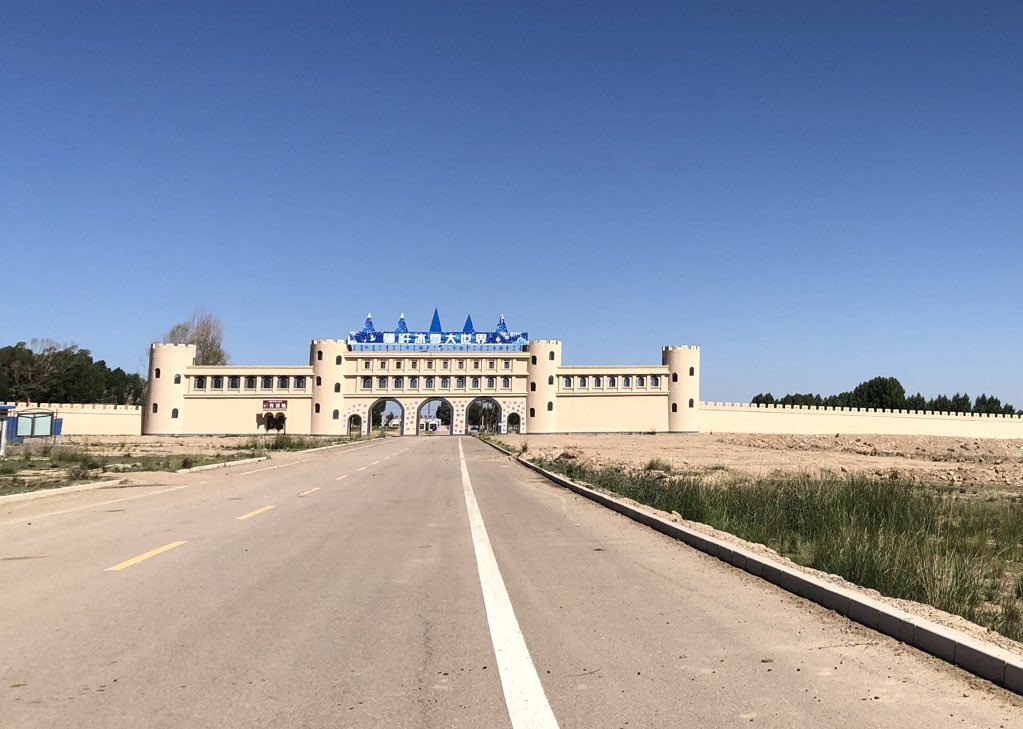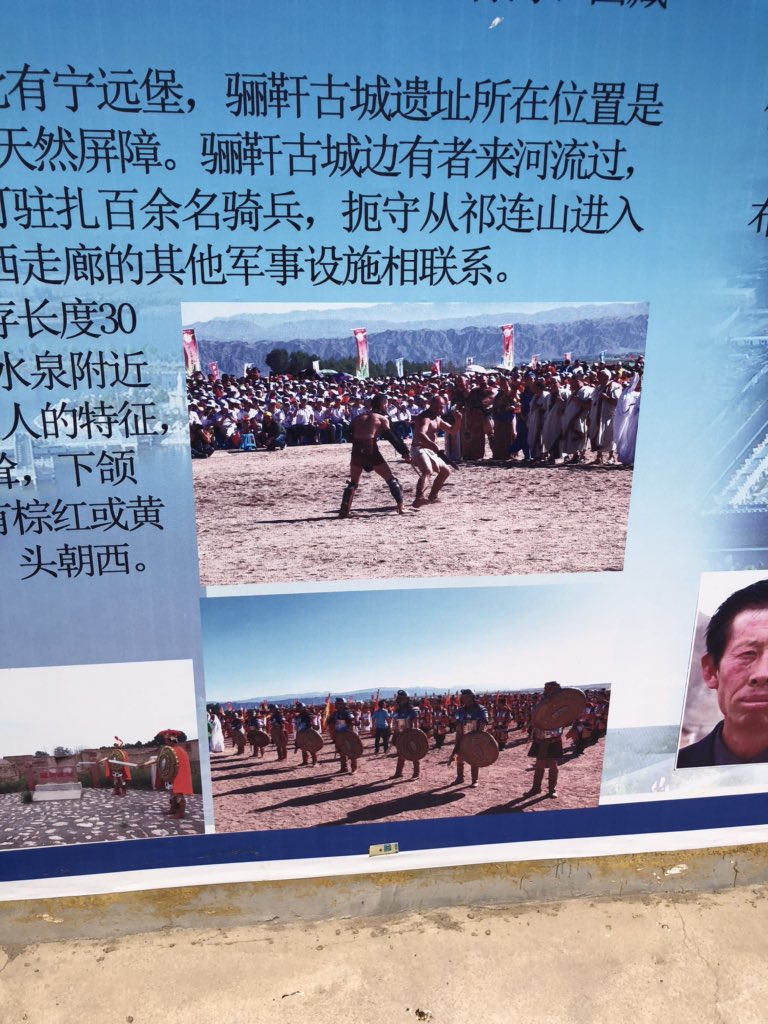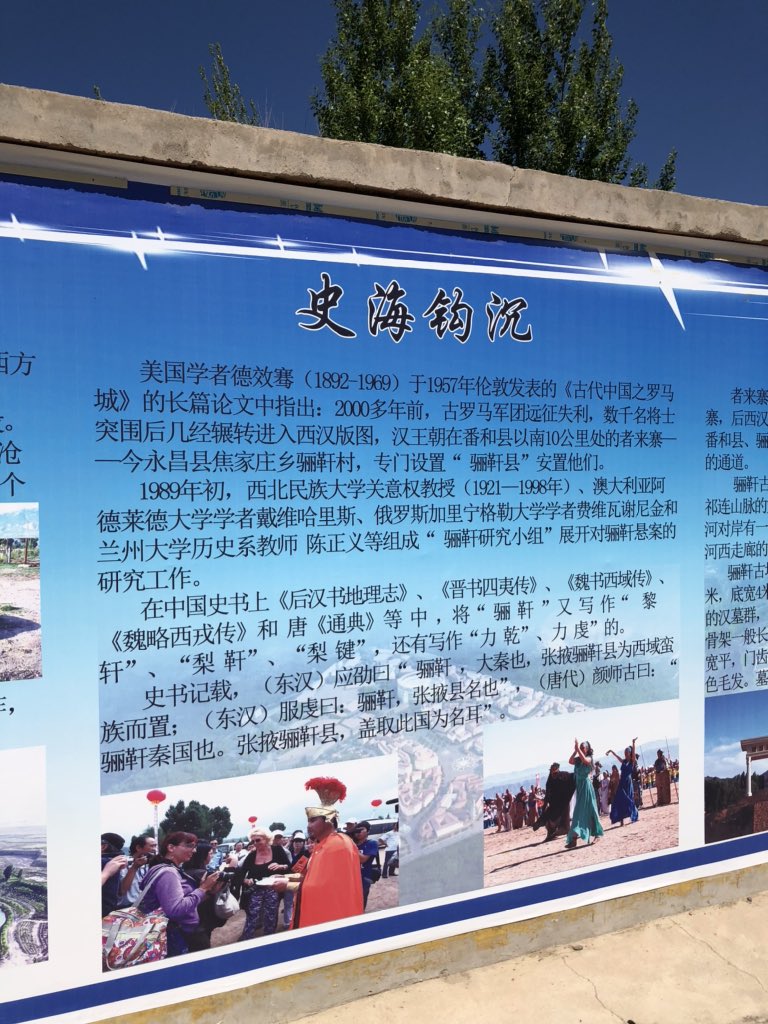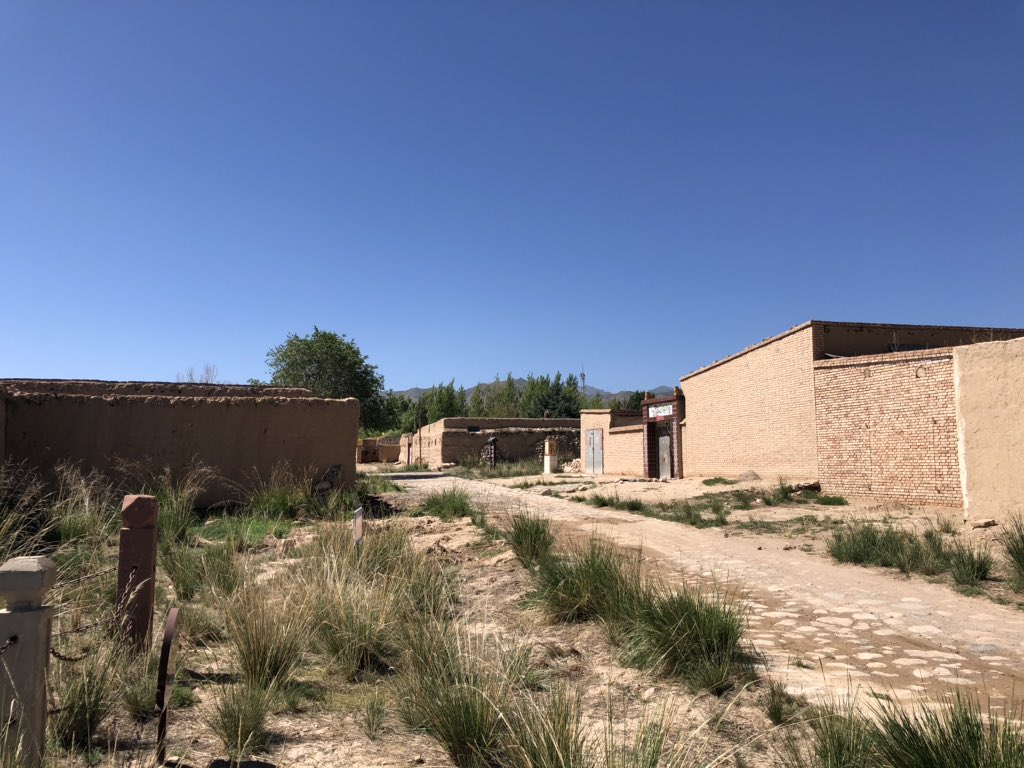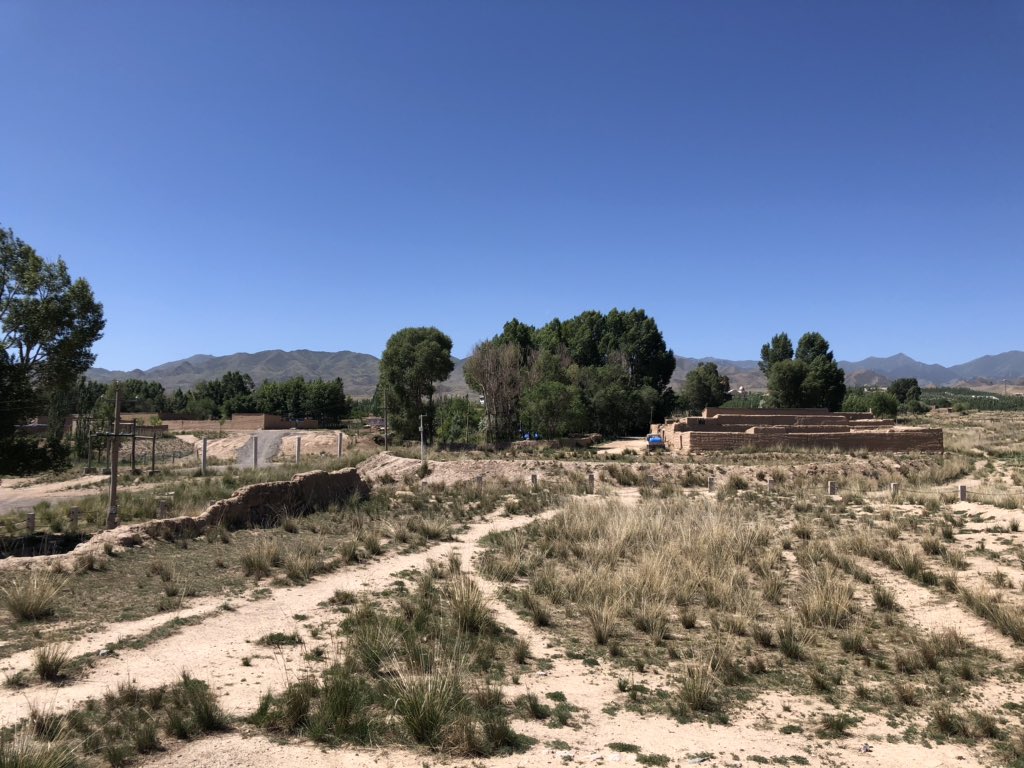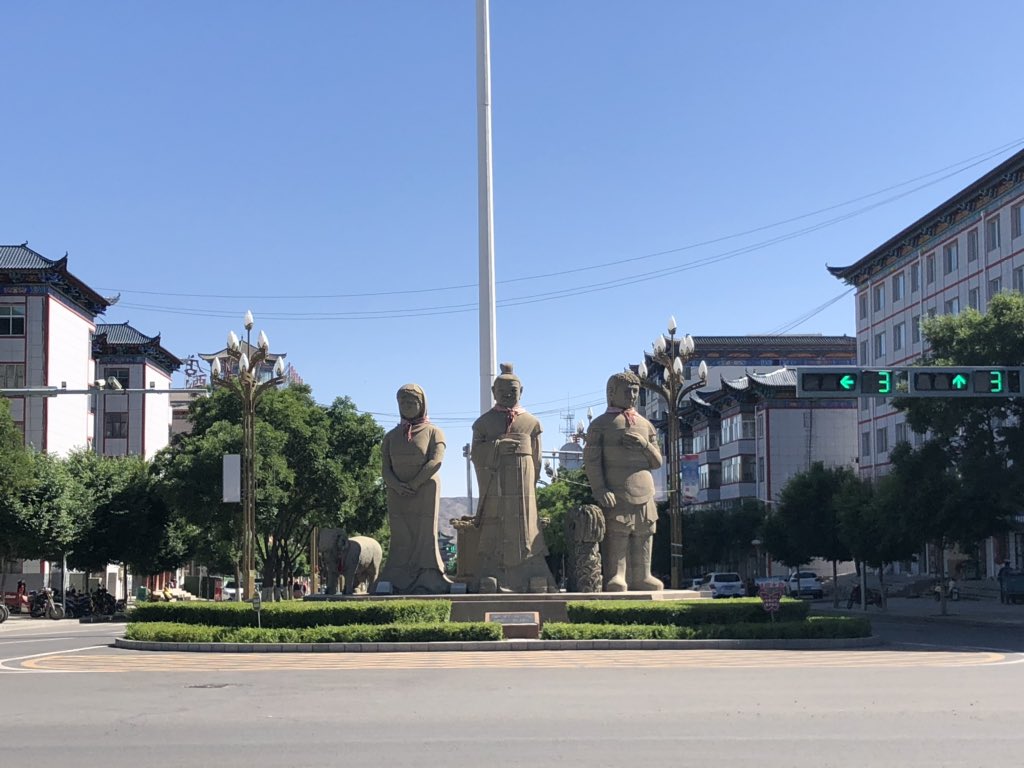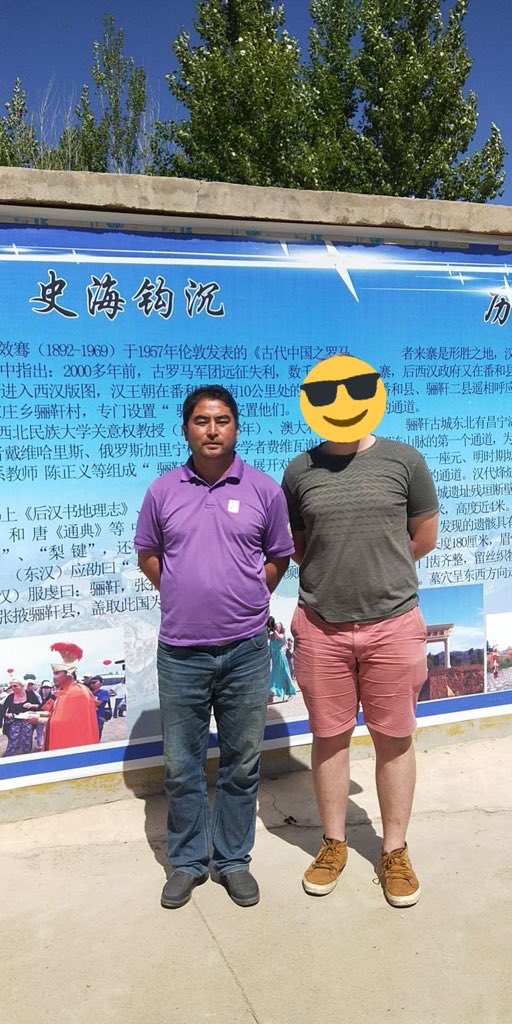At long last I made it: a trip into the remote Gansu countryside to track down the town of Liqian 骊靬, to which is attached the strangest of stories: that it was founded by the lost legionnaires of Crassus, whose descendants still till the local countryside. Thread. 1/13
First a recap of the story (which I previously touched upon here https://antiokhos.home.blog/2019/06/08/start-of-the-silk-road-the-greco-chinese-war-and-the-romans-of-gansu/).">https://antiokhos.home.blog/2019/06/0...
After defeat at the Battle of Carrhae in 53BC and death at Parthian hands, a large chunk of the Roman triumvir Crassus’ legionaries just disappear - prisoners taken to Parthian land 2/13
After defeat at the Battle of Carrhae in 53BC and death at Parthian hands, a large chunk of the Roman triumvir Crassus’ legionaries just disappear - prisoners taken to Parthian land 2/13
References in Pliny and Horace suggest they were relocated to Merv (now Turkmenistan) as slave labour building city walls, and perhaps deployed as border guards (Parthian practice).
All well and good. Until someone spotted a reference in Chinese imperial histories... 3/13
All well and good. Until someone spotted a reference in Chinese imperial histories... 3/13
In 36BC the Chinese clash with the Xiongnu in present Kazakhstan. The Xiongnu’s mercenaries fight in a ‘fish scale formation’ - which some have suggested could be the Roman testudo (logic leap no.1).
The survivors were captured and relocated deep within Chinese territory. 4/13
The survivors were captured and relocated deep within Chinese territory. 4/13
Leap no.2: Liqian 骊靬 is a weird name. It’s used in Chinese sources to refer to Rome/Hellenistic cities (maybe a corruption of ‘Alexandria’). This has been seized on as proof that Liqian, whose inhabitants have unusually fair features, may be descended from the lost Romans. 5/13
So what’re the ‘facts on the ground’?
Archaeologically, not much.
A small strip of Liqian’s rammed earth wall (standard Han Dynasty). A contemporary raised terrace for a monumental building. Some nearby (much later) Yuan and Ming military structures. 6/13
Archaeologically, not much.
A small strip of Liqian’s rammed earth wall (standard Han Dynasty). A contemporary raised terrace for a monumental building. Some nearby (much later) Yuan and Ming military structures. 6/13
There’s also some circumstantial evidence - a Han dynasty burial of a 6’ man found nearby, proudly proclaimed by the County Museum as that of a Roman due to his ‘strong European features’. DNA studies have been inconclusive.
Not the most convincing. 7/x
Not the most convincing. 7/x
But much more interesting is the myth building provincial and county authorities have indulged in, a wild attempt to put a remote town on the map and make its fortune.
In the middle of the site a concrete pagoda. On the road in, a Han and Roman clutch hands in friendship. 8/13
In the middle of the site a concrete pagoda. On the road in, a Han and Roman clutch hands in friendship. 8/13
But that’s nothing.
The ruined village has been surrounded be a new, mile long concrete castra wall. Above it, Buddhist investors have built a mock Il Duomo temple to play the Italian link. Down the road is a bizarre ‘Liqian cultural experience park’ with Burmese pagoda. 9/13
The ruined village has been surrounded be a new, mile long concrete castra wall. Above it, Buddhist investors have built a mock Il Duomo temple to play the Italian link. Down the road is a bizarre ‘Liqian cultural experience park’ with Burmese pagoda. 9/13
You’ll see the photos are quite distant. Why?
Because the whole project is abandoned.
The site superintendent told me funding dried up; no one wants to complete the insane vanity projects. Hundreds of millions RMB worth of projects rotting half finished in the desert 10/13
Because the whole project is abandoned.
The site superintendent told me funding dried up; no one wants to complete the insane vanity projects. Hundreds of millions RMB worth of projects rotting half finished in the desert 10/13
An initial flurry of interest saw delegations from Italy; mock gladiatorial games and re-enactments; even a truly (and I mean truly) awful film about a young Italian student visiting Liqian and falling in love with a tour guide. But now, all that’s left is the odd shepherd. 11/13
And in Liqian itself, a common and sad story of rural China. The Eurasian villagers are no where to be seen: denied prosperity from the failed project, they’ve drifted to the cities and left their ancestral farmsteads empty and abandoned. 11/13
So were there Romans in China? It’s possible; but evidence is scant. At best a theory to be interminably debated.
But local officials have taken this academic curio to try to transform a remote part of China; and with failure left it and its people’s future uncertain. 13/13
But local officials have taken this academic curio to try to transform a remote part of China; and with failure left it and its people’s future uncertain. 13/13

 Read on Twitter
Read on Twitter